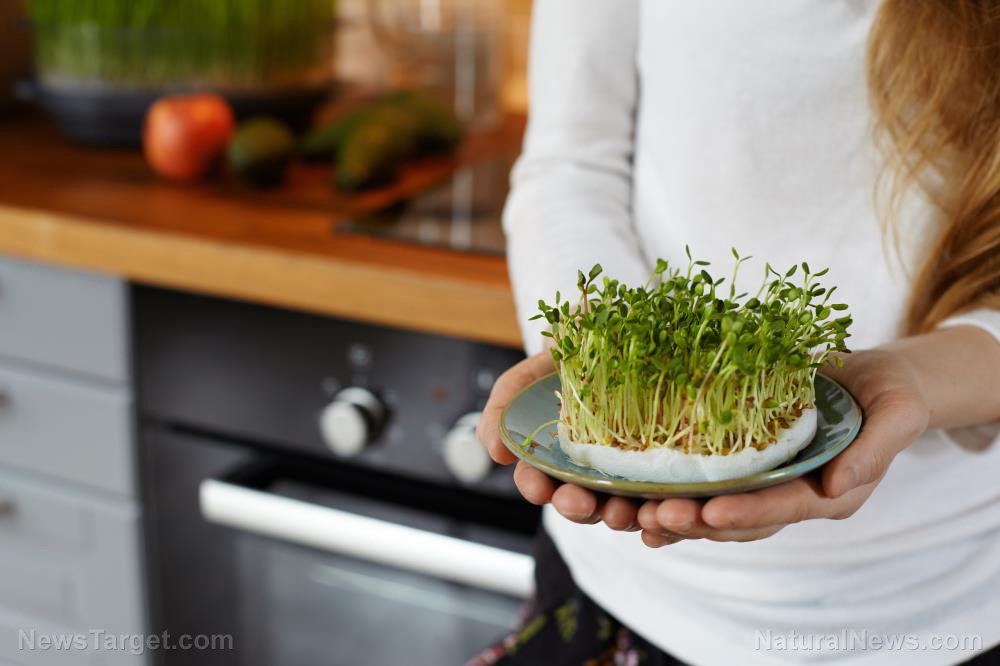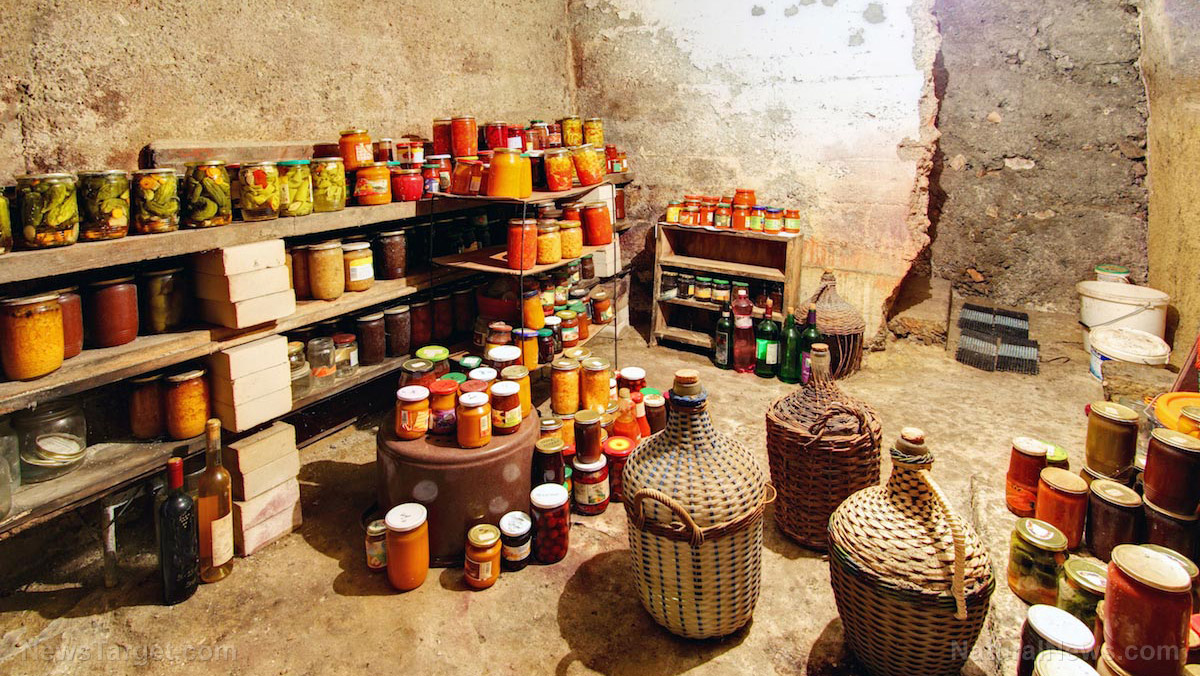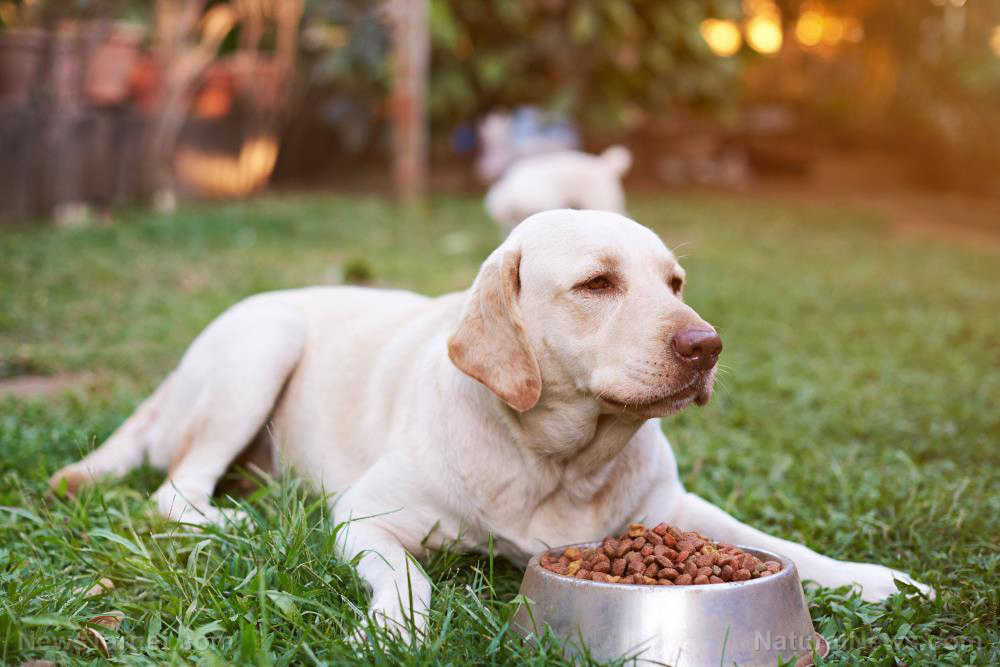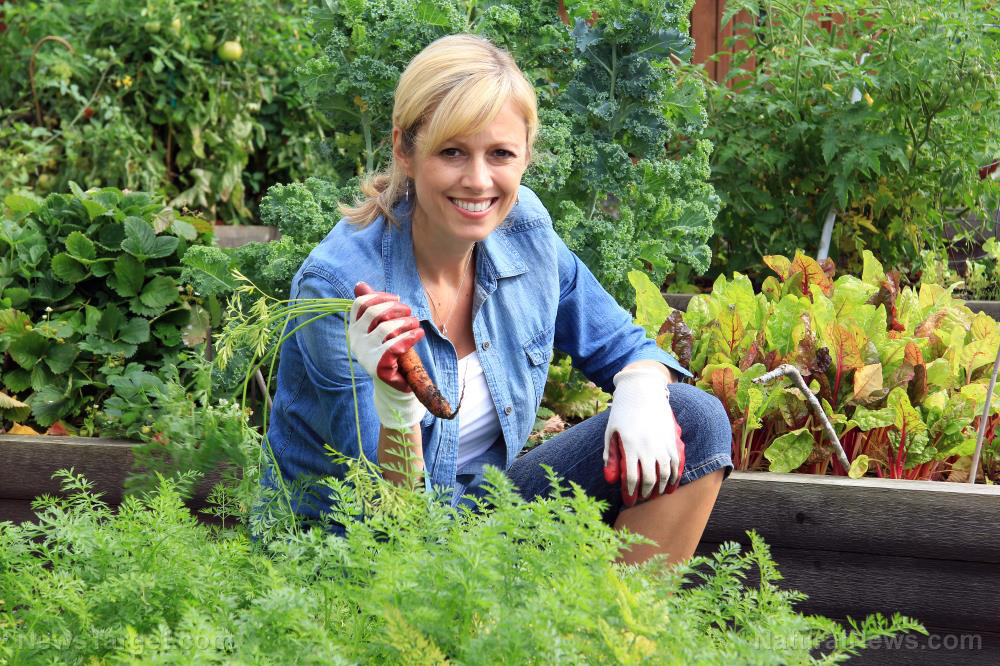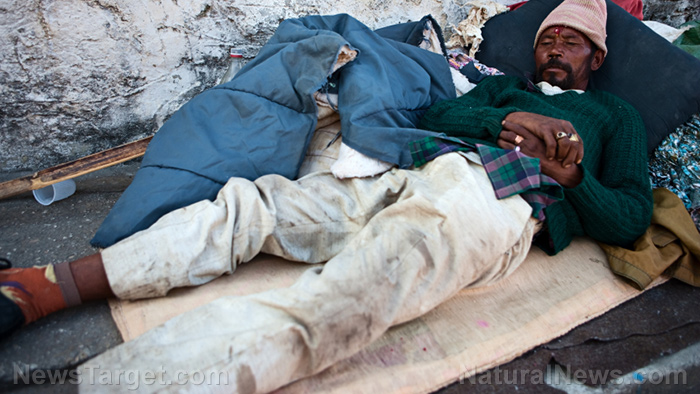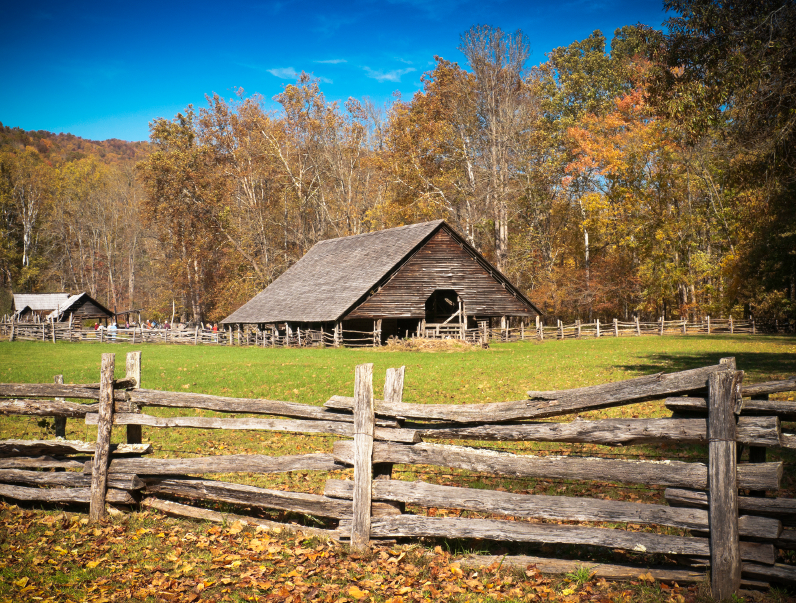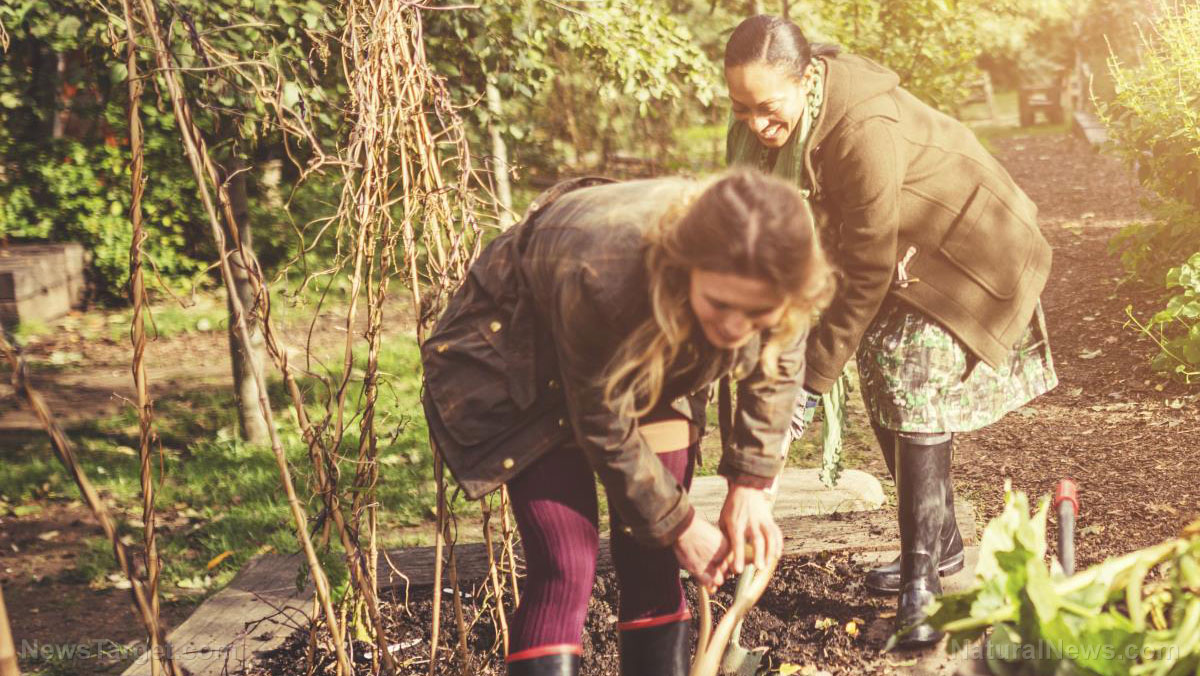Powerful survival food: How to make your own Bannock, a leavened bread made with oats and flour
09/10/2018 / By Ethan Huff
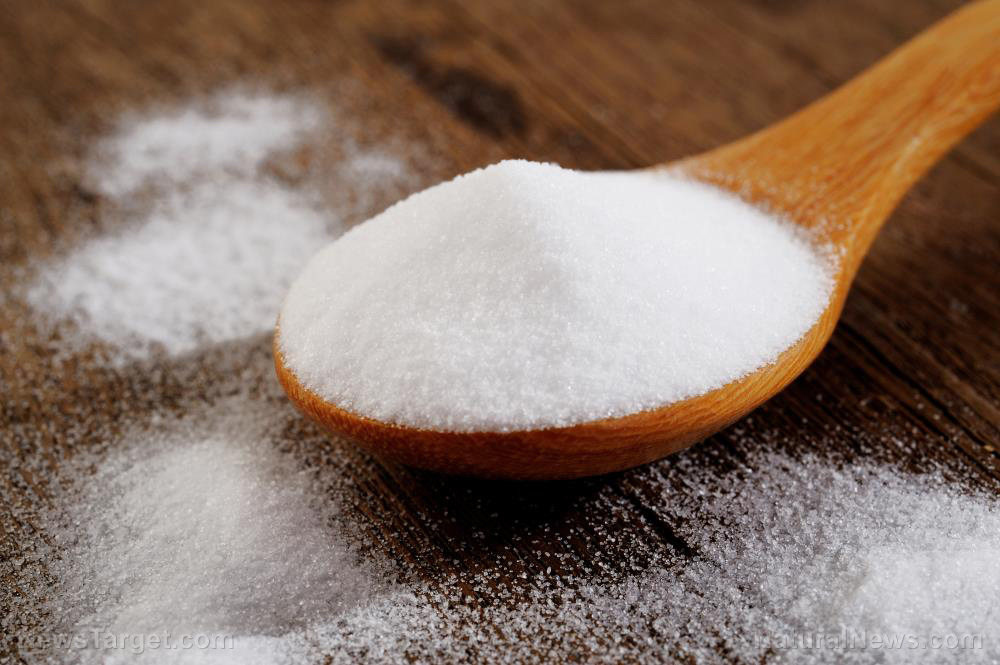
Grocery shelves these days are filled with every type of protein bar, granola bar, and snack food bearing claims that they provide energy, sustenance, and prolonged nourishment. But many of these items are loaded with sugar and processed ingredients, not to mention the fact that they also tend to be grossly overpriced for what you’re actually getting.
It’s far easier and more cost-effective to make “survival” foods like this at home, it turns out. And in this article, we’re going to resurrect a historical survival food known as a “bannock,” or “bannuc,” that’s very easy to make, impressively affordable, and loaded with high-quality nutrition.
Dating as far back as the 8th century, a bannock is a type of leavened bread made with either oats or wheat flour that’s traditionally baked on a hot stone placed directly into a fire. Since most people today don’t use this type of cooking method, bannocks can also be made using an everyday kitchen oven.
It’s a simple recipe that includes flour, salt, baking soda, sugar (or other comparable sweetener), dried fruit, and buttermilk or sour milk. The full recipe and instructions for making bannocks are available at AskAPrepper.com.
Especially when baked with dried fruit, bannocks contain high levels of vitamin C, a powerful immune-boosting nutrient of which many Americans are deficient. Oats, assuming they’re not contaminated with glyphosate (Roundup), are also highly nutritious, containing high levels of antioxidants and other healing compounds.
100% organic essential oil sets now available for your home and personal care, including Rosemary, Oregano, Eucalyptus, Tea Tree, Clary Sage and more, all 100% organic and laboratory tested for safety. A multitude of uses, from stress reduction to topical first aid. See the complete listing here, and help support this news site.
Similar to modern-day fruitcake, a dried fruit bannock is a rich, hearty, and highly-nutritious survival food with a long shelf life and plenty of great flavor.
Some additional tips for making the highest quality and most nutritious type of bannocks for long-term survival
Since some recipes for bannocks include ingredients like all-purpose flour and regular milk, it’s important to customize these ingredients to make them healthier. Whatever flour you use, either oat or wheat, should preferably be organic and free of toxic glyphosate, for instance. One great option is organic Jovial Einkorn wheat flour, an heirloom variety with low gluten content.
Real organic, cultured buttermilk is also a better option than run-of-the-mill buttermilk or conventional milk combined with lemon juice or vinegar (this being one way of mimicking the effect and outcome of using buttermilk). Paying attention to where your bannock ingredients come from to make sure they’re from “clean” sources is critical.
Limiting the amount of refined sugar added to your recipe, or replacing it with something like coconut crystals, will further make your bannocks more glycemic friendly while increasing the health benefits.
One of the great things about bannocks is that they can be made anywhere, even during a power outage or other emergency event. Since they’re traditionally cooked over an open fire anyway, they’re a great camping food that can be whipped up in an instant for quick and lasting nourishment.
“By using dry milk, instead of buttermilk, you can also pack all the ingredients to make Bannock[s] and just use water to make the dough. This is a great method for cooking bannock at the campsite, over the fire,” explains AskAPrepper.com.
“This allows you to change bannock from being a trail food to something that you can whip up at the end of a hike,” the page notes, adding that a bannock, made the right way, can actually be more nourishing than something like beef jerky, despite having less protein. And should a bannock that’s been stored for a while start to grow mold, salvaging it is as simple as just cutting off the bad part and eating the rest.
For more tips on how to survive a worst-case scenario emergency event, visit Survival.news.
Sources for this article include:
Tagged Under: bannock, bannuc, dried fruit, emergency food, Food storage, glyphosate, historic food, leavened bread, nutrients, nutrition, oats, Roundup, shelf life, storable food, survival, survival food, survival gear, vitamin C


